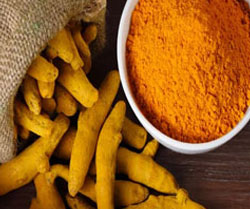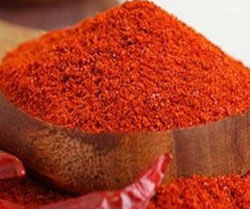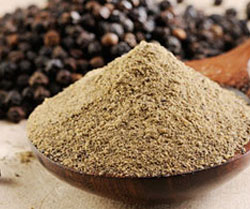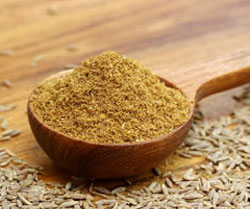- Email: sales@malharenterprises.net.in
- Phone: +91 9004684904
Whole Spices
- Home / Whole Spices
Ground Spices
Turmeric Powder
Its golden-yellow colour, warm, distinctively earthy flavour and proven anti-bacterial and healing properties tick all the boxes. Whole or ground, fresh or dried, turmeric’s many properties have made it an essential of basic as well as well-stocked kitchens across the world. Add in the religious and ritualistic significance it enjoys across India, and you know why vernacular words for this spice (haldi or holud, to name two), pop up in folk songs and folklore, not to mention traditions. No wonder, then, that this happy-coloured spice with a glow like that of the sun, is one of the only three kitchen ingredients (others being salt and ginger) used by more than 95 per cent of the population in India.
Botanical Name: Curcuma LongaFamily: Zingiberaceae
Common Name: Haldi
Part Used: Rhizome (Dried Roots)
Form Available: Haldi Whole and Powder

Chilli Powder
Dried chillies, whether whole, ground or crushed, is the single most recognisable Indian spice worldwide. And among these, chilli powder is the most common. With hundreds of chilli varieties growing all over the country, ranging from the sweet to the numbingly hot, India is the world's largest producer and exporter of this pungent spice. Whether used in curry or cassoulet, masala or marinade, just a pinch or a peck, red chilli powder is one spice you are sure to find in any kitchen anywhere in the world.
Botanical Name : Capsicum annuum LFamily : Solanaceae
Harvesting Season : January, February, March

Black Pepper Powder
Its punchy pungency, along with its distinctive flavour, makes it the preferred 'heat' ingredient worldwide. Good news for us in India, since we are the world's largest producer as well as exporter of the spice. Pepper has always enjoyed a precious position - history tells us that in 410 A.D, when Rome was besieged by the Huns, 3000 pounds of pepper was demanded as ransom. Whole, crushed or ground, fresh or dried, pepper's popularity as a kitchen staple remains undiminished.
Botanical Name: Piper nigrumFamily: Piperaceae

Cumin Powder
It is a favoured ingredient from Rome to Syria to India in ancient times, cumin has even been used in mummification by the ancient Egyptians. High in essential oils, it is more generous with its distinctive flavour if you heat the seeds before making into powder. Dry-toasting them on a skillet over low heat for a couple minutes and then grinding them is a good option. While Indian and tropical in identity, cumin graciously lends itself to use in Western cuisine as part of 'exotic' spice blends or rubs.
Botanical Name : Cuminum cyminumFamily : Apiaceae
Harvesting Season : February to March


